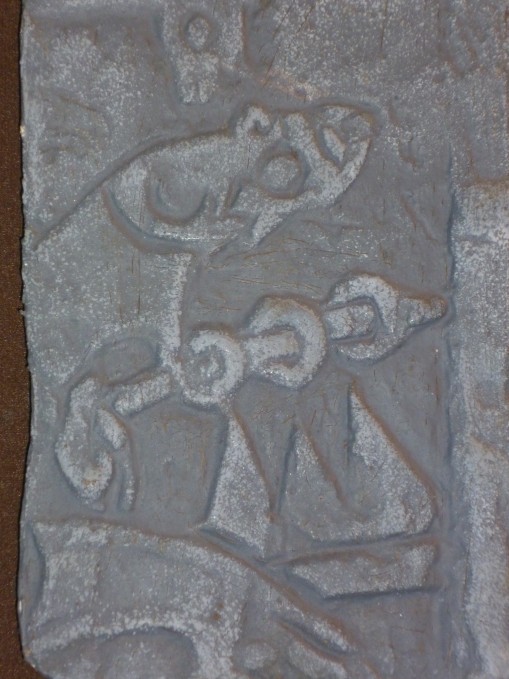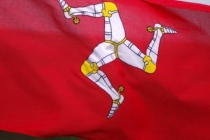The Legend of Sigurd and Gudrun by J.R.R. Tolkien
 Using traditional verse, J.R.R. Tolkien, the author of the Hobbit and the Lord of the Rings trilogy, tells the legend of Sigurd and Gudrun. The dragon slayer Sigurd's dramatic exploits are vividly recounted by Tolkien, who combines his skill as an author and academic.
Using traditional verse, J.R.R. Tolkien, the author of the Hobbit and the Lord of the Rings trilogy, tells the legend of Sigurd and Gudrun. The dragon slayer Sigurd's dramatic exploits are vividly recounted by Tolkien, who combines his skill as an author and academic.
In the Celtic world, there are many Scandinavian influences, particularly Norwegian. Dublin, the Irish capital city, was founded by the Vikings. You can learn more about Dublin's Viking history by visiting the Dublinia Viking and Medieval Museum, which has excellent exhibitions on Viking Dublin.
The Islands of Scotland and the Isle of Man formed the Northern and Southern Isles. The Northern Isles of Shetland and Orkney were known to the Norse as Norðreyjar. The Southern Isles forming the Kingdom of Mann and the Isles consisting of the Hebrides, the islands in the Forth of Clyde and the Isle of Man were known as Suðreyjar. Geneticist Professor David Goldstein led a fifteen month genetic study which formed the basis of a five part BBC documentary that looked at the Viking heritage remaining in these areas. Concentrations of Norwegian genetic heritage were found.
The Norse influences on the life and peoples of these islands remain clear today. The festival of Up Helly Aa is held in Shetland in January every year culminating in the burning of a Viking galley. The Isle of Man has retained the system of government introduced by the Norse. The Manx Parliament known as Tynwald is the oldest continuous parliament in the world and it is thought the Vikings adapted it from an existing ancient Celtic ceremony dedicated to the Sun-God.
Amongst the many Celtic Crosses in the Isle of Man are four carved Norse stones known as the ‘Sigurd Stones’. They depict scenes from the heroic Norse legend of Sigurd Fafnir's Bane. On a side of one of the stones in the village of Andreas shows the hero Sigurd roasting Fafnir the dragon's heart and sucking his fingers. The head of a bird and his horse can be seen in the background. The other side of the stone depicts a subsequent part of the tale. It shows the figure of Gunnar, who is Sigurd's foster brother, being bitten by serpents and then cast into a pit of vipers.
The Legend of Fafnir's Bane is a story of Sigurd, who is brought up in a King's household and tutored by the wily dwarf-smith, Regin. Regin tells him how Loki threw a stone to kill Otter. Because of this crime the gods had to pay a treasure of gold to Otter's father. However the gold carried a curse for whoever possessed it. Otter's father was then killed by another of his son's, Fafnir the serpent-dragon, who took possession of the gold.
Sigurd, armed with a sword forged by Regin and on Grani the horse, set out to win the gold from Fafnir. On the advice of Odin, he dug a pit and camouflaged lay in wait for Fafnir the dragon. As the dragon passed overhead Sigurd killed him with his sword. Sigurd was instructed to cut out and roast the dragon's heart. Sigurd burned his fingers when doing this and sucked the dragon's blood from them. Tasting the blood enabled him to understand the language of birds, who told him of danger that lay ahead.
It was from the birds that Sigurd learnt of the treacherous plans of Regin to kill him and take the gold away on his horse Grani. In the end Sigurd could not escape the curse of the gold and was killed for it by his foster-brother Gunnar. Gunnar in turn inherited the curse along with the treasure and was thrown into a pit of snakes and killed.
The four Sigurd stones on the Isle of Man depict various segments of this epic Norse tale.
Ancient Celtic stories also point to much older links with Scandinavia. 'The Book of Leinster' dates from about 1160 AD and refers to ancient Irish history and legend. In the book reference is made to The Tuatha Dé Danann a race of Celtic people with supernatural abilities. They arrived in Ireland from four cities 'in the far north' (thought to be Norway) where they learned their supernatural skills. The Book of Leinster is now housed in Trinity College Dublin.
Poetic sagas were traditionally spoken out loud. With this in mind, the publisher began recording an audio version of 'The Legend of Sigurd and Gudrun'. You can hear a small snippet from the audio version in the video below. Scottish actor Brian Cox's commanding voice really brings the words to life. Unfortunately, the publisher decided not to finish the project. We hope they change their mind about this; in the meantime, the book comes highly recommended.
Recommended further reading
Get your copy from Amazon.com (US$) or Amazon.co.uk (GB£):
Videos
Recommended links
Dublinia Viking and Medieval Museum
Content type:
- Manx
Language:
- English






